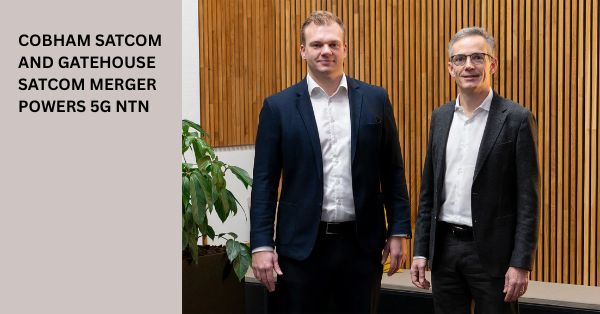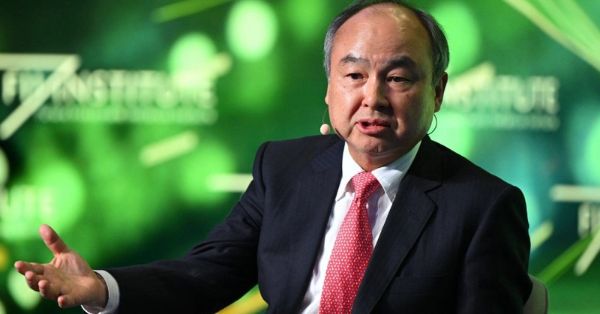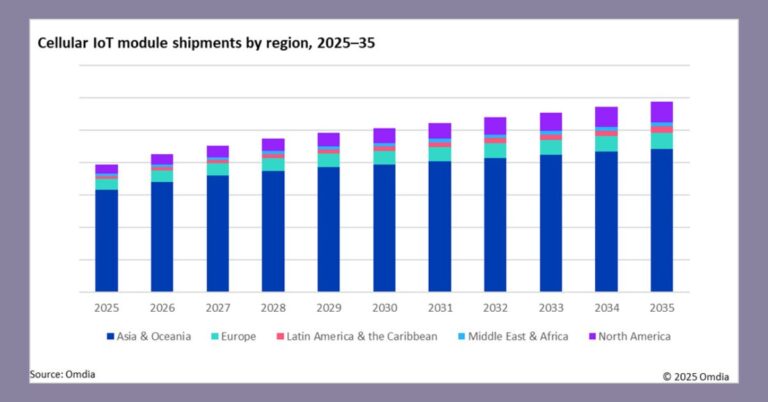Snapchat Imagine AI Lens Goes Free: What It Means for Camera-Native Generative AI
Snap has opened its first open-prompt AI image Lens, Imagine, to all U.S. users, signaling a new phase in mainstream generative experiences inside the camera.
The Product: Open-Prompt AI Image Generation in the Camera
Imagine Lens lets users write a short prompt and instantly transform a selfie or create an image from scratch, then share it in chats, Stories, or off-platform. It moves beyond preset AR filters by enabling free-form prompts like “turn me into a watercolor astronaut” or “grumpy cat at a board meeting,” leaning on a mix of Snap-built and partner AI models. The shift blurs lines between AR lenses, image editing, and text-to-image generation that consumers have tried on standalone apps but not natively at camera capture.
Availability and Limits: Free Access with Usage Caps
The capability was previously limited to Lens+ and Snapchat Platinum subscribers. It is now free to all U.S. users with a limited number of generations, which Snap says can vary by region and capacity. An international rollout is underway, starting with Canada, Great Britain, and Australia. Access sits near the front of the Lens Carousel and can be found via search. The limit counters compute costs while seeding habitual use across Snap’s audience, which interacts with Lenses billions of times per day.
Competitive Context: Snap vs. Meta and OpenAI in AI Media
The expansion lands as Meta adds video-generation features to Meta AI and OpenAI pushes Sora for text-to-video. These offerings set a higher bar for expressive tools, especially for younger users who default to camera-first communication. Making Imagine free is a defensive and offensive move: Snap preserves engagement in its core camera UX while collecting prompt and usage signals to tune models and guide future monetization.
Why Telecom and Tech Should Prepare for Camera-Native AI
Camera-native generative features at social scale change traffic patterns, compute placement, and safety obligations for platforms and networks.
Engagement Impact, Traffic Spikes, and Edge Compute Demand
Prompted image generation inside capture will increase upstream and downstream data, spur more shares per session, and add bursts of API calls to back-end AI services. For operators, the near-term impact is more small-object requests, CDN cache misses, and higher signaling around peaks tied to cultural moments (holidays, sports, concerts). As Snap and peers push time-sensitive effects, expect stronger cases for mobile edge computing to cut latency and improve render reliability, especially on 5G mid-band where radio conditions vary in dense venues.
On-Device vs. Cloud Inference: Hybrid Pipeline Trade-offs
Most high-fidelity image generation still runs in the cloud due to model size and memory needs, but phones with newer NPUs from Apple and Qualcomm are shifting some diffusion steps on-device. Hybrid pipelines—pre/post-processing on handset, heavy lifting on hyperscaler GPU—will emerge to balance latency, cost, and battery life. This hybridization is a design signal for app vendors, chipmakers, and operators exploring traffic steering to local breakout and MEC nodes for interactive media.
Safety, Provenance, and Regulatory Risk for AI Content
Consumer-grade generation at scale raises pressure on watermarking, content credentials, and detection. Brands and platforms will face authenticity and impersonation risks as AI outputs seep into chats and Stories. Provenance standards such as C2PA content credentials are becoming table stakes for enterprise integrations and advertiser trust. Regional rules—from app store policies to emerging AI legislation—will force clearer disclosure when content is AI-altered. Expect higher moderation workloads, classification models at upload, and more collaboration with carriers during incident response.
Strategic Guidance for Operators, Cloud Vendors, and Brands
The rollout is more than a product tweak; it is an indicator of where consumer AI usage and supporting infrastructure are heading.
Actions for Mobile Operators and ISPs
Model for short, spiky inference traffic patterns close to the edge as camera-first apps normalize generative effects. Prioritize QoS for small-object request bursts and evaluate peering/CDN enhancements with social platforms that mix AI microservices with media delivery. Pilot MEC with GPU accelerators in event-heavy metros to support low-latency effects, and explore network APIs (e.g., slice exposure, latency insights) that app partners can use to optimize generation pipelines.
Priorities for Cloud and AI Vendors
This is a prime workload for optimized, cost-aware inference. Offer snap-in services that combine image diffusion with safety filters, red teaming, and C2PA signing. Provide autoscaling tuned to minute-level surges tied to culture cycles. Win with SDKs that abstract hybrid on-device/cloud flows and instrumentation that reports end-to-end latency from prompt to render. Partnerships with social platforms will favor providers with predictable unit economics per generation and clear watermarking capabilities.
Guidance for Brands and Media Buyers
Expect a jump in AI-native UGC and a new class of participatory campaigns that ask users to generate themed images on the fly. Build creative guardrails and approval paths for influencer content that uses AI edits. Update brand safety criteria to include AI provenance checks. Test interactive ad units that react to user prompts, but ensure disclosures are standardized and consistent with regional requirements. Measurement will need lift studies that separate creative novelty from true conversion impact.
Key Metrics and Milestones to Watch Next
Adoption, costs, and policy choices around provenance will shape the durability of camera-native AI features.
International Rollout Pace and Generation Caps
Track how quickly free generations expand outside the U.S. and whether caps loosen during peak seasons. Tight limits suggest cost containment; relaxed limits imply strong monetization confidence or improved inference efficiency.
Expansion to Video and Multimodal AI Effects
If Snap moves from images to short video or mixed media, latency and cost curves change materially. Competitors are already pushing text-to-video; expect Snap to iterate toward lightweight, template-driven video effects before fully open-prompt video.
Partnerships, Provenance Standards, and Monetization Paths
Watch for deeper hyperscaler tie-ups, edge offload experiments, and adoption of content credentials across shares exported off-platform. Monetization levers include premium tiers with higher gen quotas, sponsored prompt packs, or creator revenue shares tied to AI templates. Clearer safety controls and provenance labeling will be prerequisites for major brand budgets.
Bottom line: making open-prompt image generation free in the camera accelerates consumer expectations for instant creativity and puts new operational demands on networks and clouds—those who optimize for hybrid inference, provenance, and latency will be best positioned to capture the next wave of social AI engagement.








































